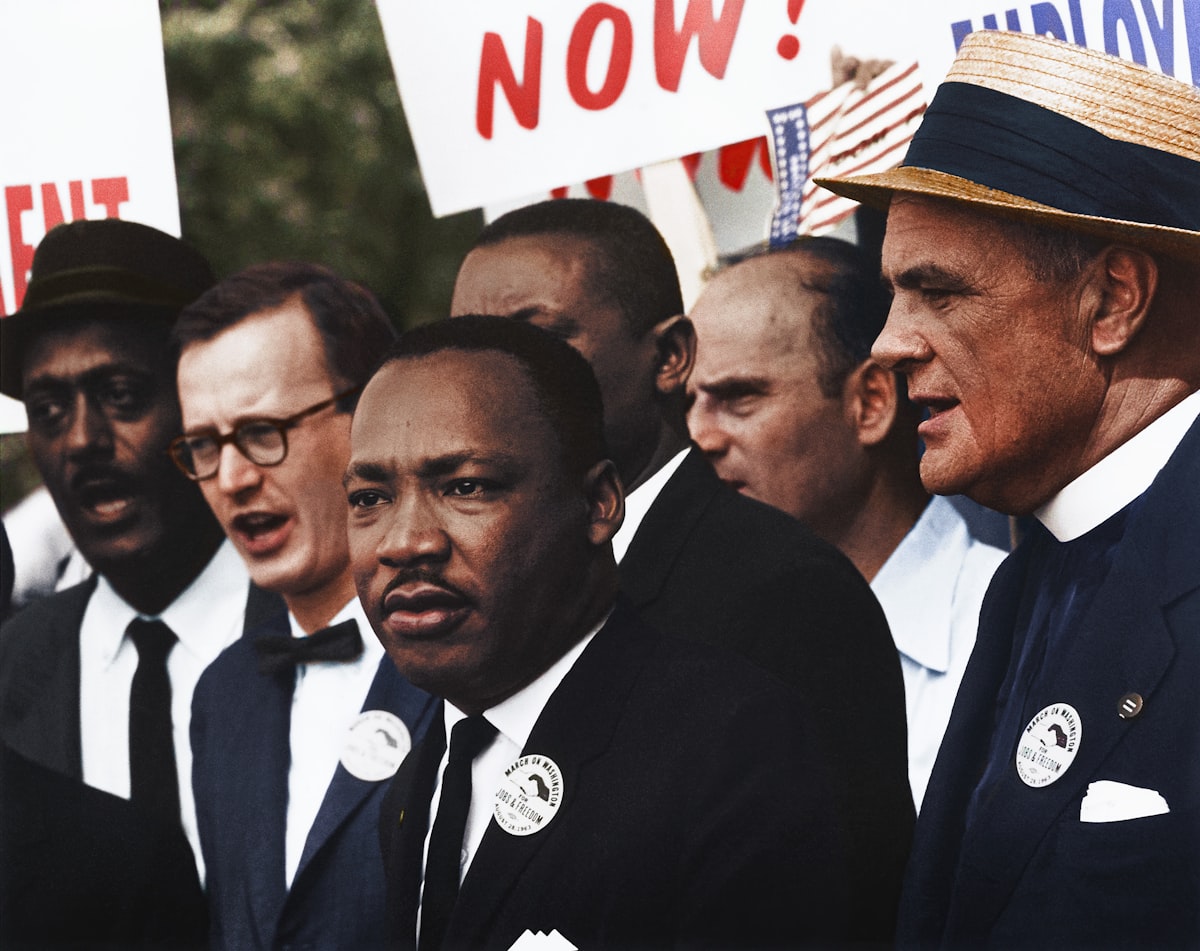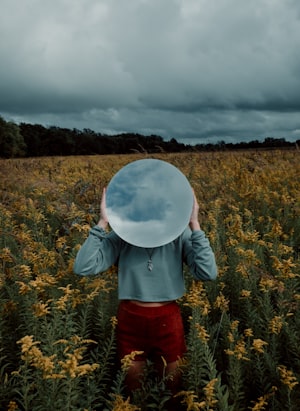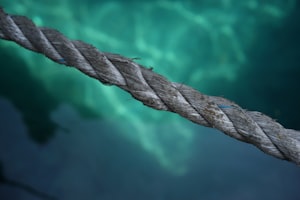In individual and team development, the value of understanding the journeys that have shaped us cannot be underestimated. By creating personal, historical timelines, we can gain insights into our development as well as the trajectories of our peers. This process, informed by Bronfenbrenner's Bioecological Model and the Johari Window Model, can foster empathy, mitigate conflict, and enhance team dynamics.
The Importance of Individual and Team Narratives
Engaging in an activity to create a personal, historical timeline presents several benefits. First, it enables a profound reflection on one's history, helping individuals identify key events, networks, environments, values, and beliefs that have shaped them.
In a team context, this exercise opens up channels of understanding and communication. By sharing our personal timelines, we offer teammates a glimpse into our unique life journeys, highlighted by challenges, triumphs, and formative experiences. This view can lead to heightened empathy, mutual respect, and a better appreciation of the diverse perspectives within a team.
Bronfenbrenner's Bioecological Model and Empathy
Bronfenbrenner's Bioecological Model provides a comprehensive lens to understand human development. It posits that an individual's development is shaped by various interacting systems, ranging from immediate surroundings like family and school (microsystem) to broader societal and cultural influences (macrosystem).
When team members develop and share personal, historical timelines in light of this model, they can better understand how these layers of systems have influenced their backgrounds. Recognizing this complexity can cultivate empathy and compassion within a team as members gain a more nuanced understanding of the diverse factors influencing their colleagues' behaviors and attitudes.
Mitigating Task vs. Relationship Conflict
In a team setting, conflicts often arise from task-related disagreements or interpersonal relationship strains. Individuals can develop empathy and gain insights into their colleagues' unique contexts by sharing personal, historical timelines. This understanding can help mitigate potential conflicts as team members are more likely to approach disagreements with openness and patience, reducing the friction between task and relationship aspects of team functioning.
Johari Window and Team Dynamics
The Johari Window Model illustrates the relationship between self and others across four quadrants: Open, Hidden, Blind, and Unknown. Creating personal, historical timelines effectively expands the 'Open' quadrant, or 'Arena', where shared knowledge exists.
As team members disclose more about their past experiences and values, they open themselves up to feedback and understanding from others. This openness can foster trust, improve communication, and support the team formation phases, particularly during the 'Norming' and 'Performing' stages.
Engaging in Personal, Historical Timeline Activity with your Team
Creating a personal, historical timeline can be a compelling team-building exercise. Here's an enriched breakdown of how your team can engage in this activity, with an additional step of crafting a shared group timeline:
- Introduction and Overview: Explain the idea of a personal, historical timeline and its connection to team development. Discuss Bronfenbrenner's Bioecological Model and the Johari Window Model, providing a theoretical foundation for the exercise.
- Timeline Creation: Everyone should draft a life timeline, noting important events, influential people, and transformative experiences. Encourage team members to consider influences from all systems of the bioecological model, from their closest surroundings (microsystem) to broader societal and cultural aspects (macrosystem).
- Pair or Small Group Sharing Session: Create a secure and respectful environment for individuals to share some elements from their timelines. Depending on the team size and comfort levels, this could be done in pairs or small groups. Emphasize the importance of active listening, empathy, and openness.
- Creation of Shared Post-it Notes: After sharing in pairs or small groups, team members write down one to three significant events or experiences from their timeline on individual Post-it notes.
- Creation of a Shared Group Timeline: In a large group setting, each team member comes to a whiteboard or uses a digital collaboration tool to add their events/experiences to the group timeline. Continue this process until everyone has contributed. The shared timeline visually represents the collective journey of the team, underlining major shared or parallel experiences and fostering a sense of unity and belonging.
- Reflection and Feedback: After the shared timeline creation, allow time for the team to reflect and provide constructive feedback. This step aids in expanding the 'Open' quadrant of the Johari Window for each individual, reinforcing the understanding of shared experiences.
- Group Discussion: Following everyone's contribution to the shared timeline, facilitate a discussion about the insights gained, potential influences on team dynamics, and strategies for applying these learnings in the future. Some suggested debrief questions include:
- What were the significant events shared on our group timeline?
- What similarities and differences did you observe on the group timeline?
- How did you feel during the exercise, specifically while creating and sharing your timeline?
- What emotions arose while observing the group timeline and finding common or differing experiences?
- What surprised you about this activity?
- What insights did you gain about your team members and the team?
- How do you interpret the impact of personal histories on our team dynamics?
- What might the shared events on our timeline indicate about our team culture and values?
- What actions can we take to utilize the insights from this exercise to improve our team dynamics?
- Based on our shared timeline, how might we adjust our team practices to reflect our collective experiences?
- What steps can we take to increase empathy and understanding within our team further?
- How can we ensure that our team's shared experiences and histories inform our future decisions and actions?
While straightforward, this activity can profoundly affect individual self-awareness and team cohesion. It provides a practical approach to transforming abstract psychological theory into tangible, personal insights. By opening up the Arena and exploring our personal histories, we cultivate empathy and create more efficient, harmonious teams. Building a shared timeline also solidifies team unity, allowing members to see themselves as part of a larger collective narrative.
Resources
Bronfenbrenner's Bioecological Model: Bronfenbrenner, U. (2005). Making Human Beings Human: Bioecological Perspectives on Human Development. Thousand Oaks: Sage Publications.
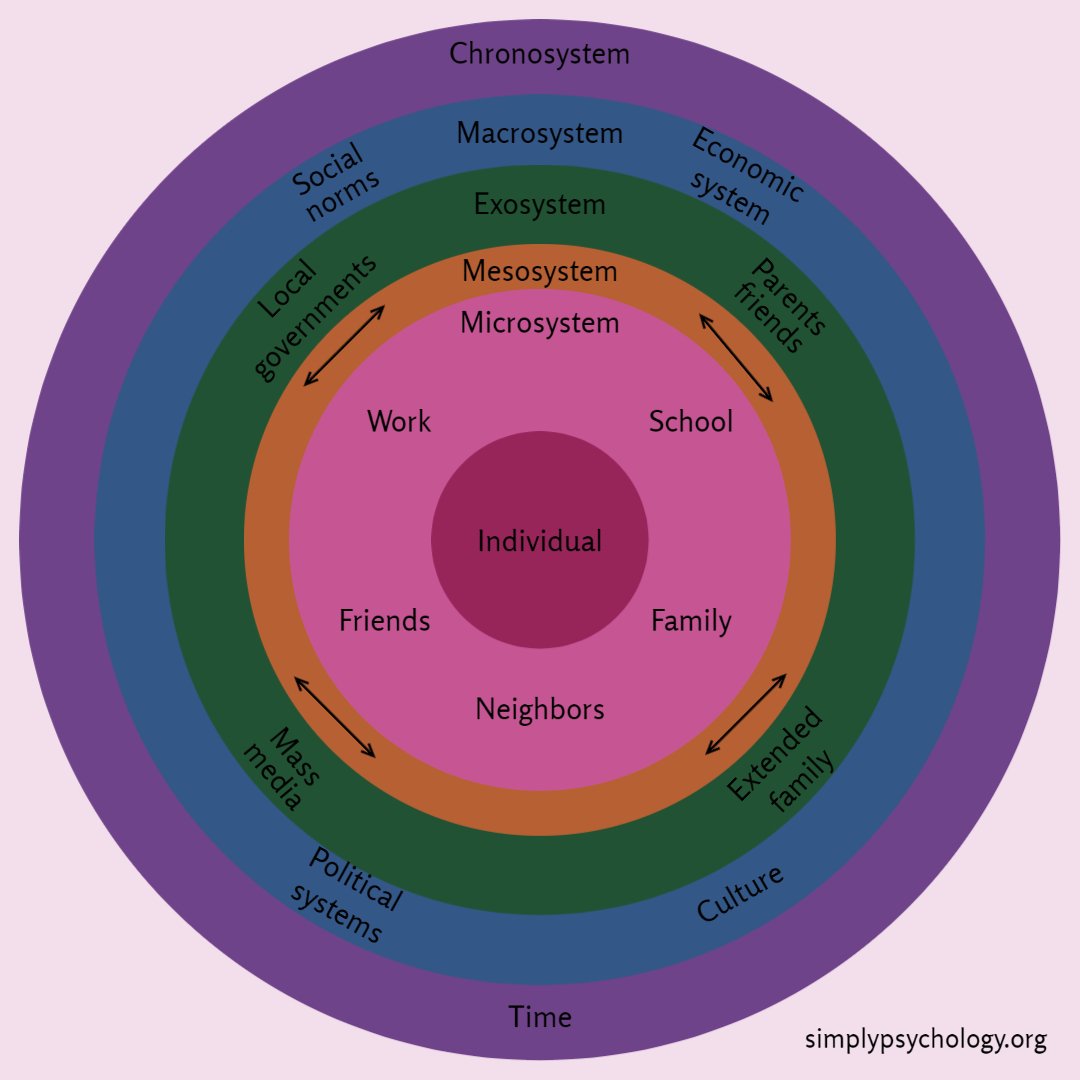
A detailed yet easy-to-understand explanation of Bronfenbrenner's theory.
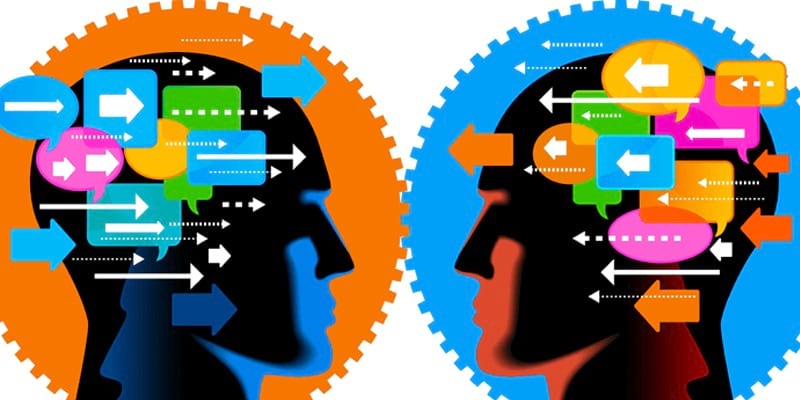
This site offers an in-depth exploration of the Johari Window model, including its history, applications, and how to use it for self-awareness and personal development.
Offers strategies for understanding and improving team dynamics.

In this TEDx Talk, Amy Edmondson speaks about psychological safety, which is fundamental for open communication and conflict resolution in teams.

